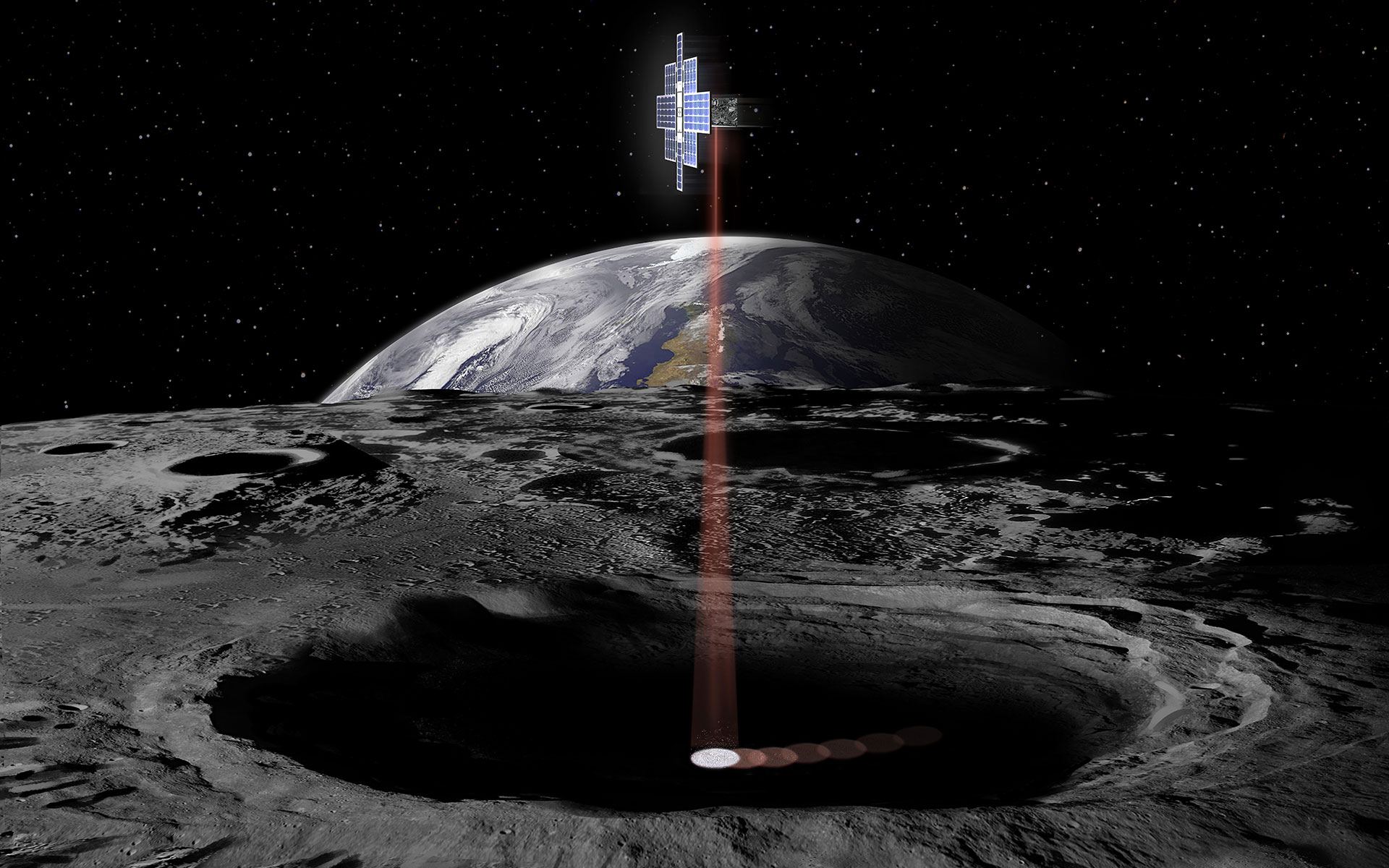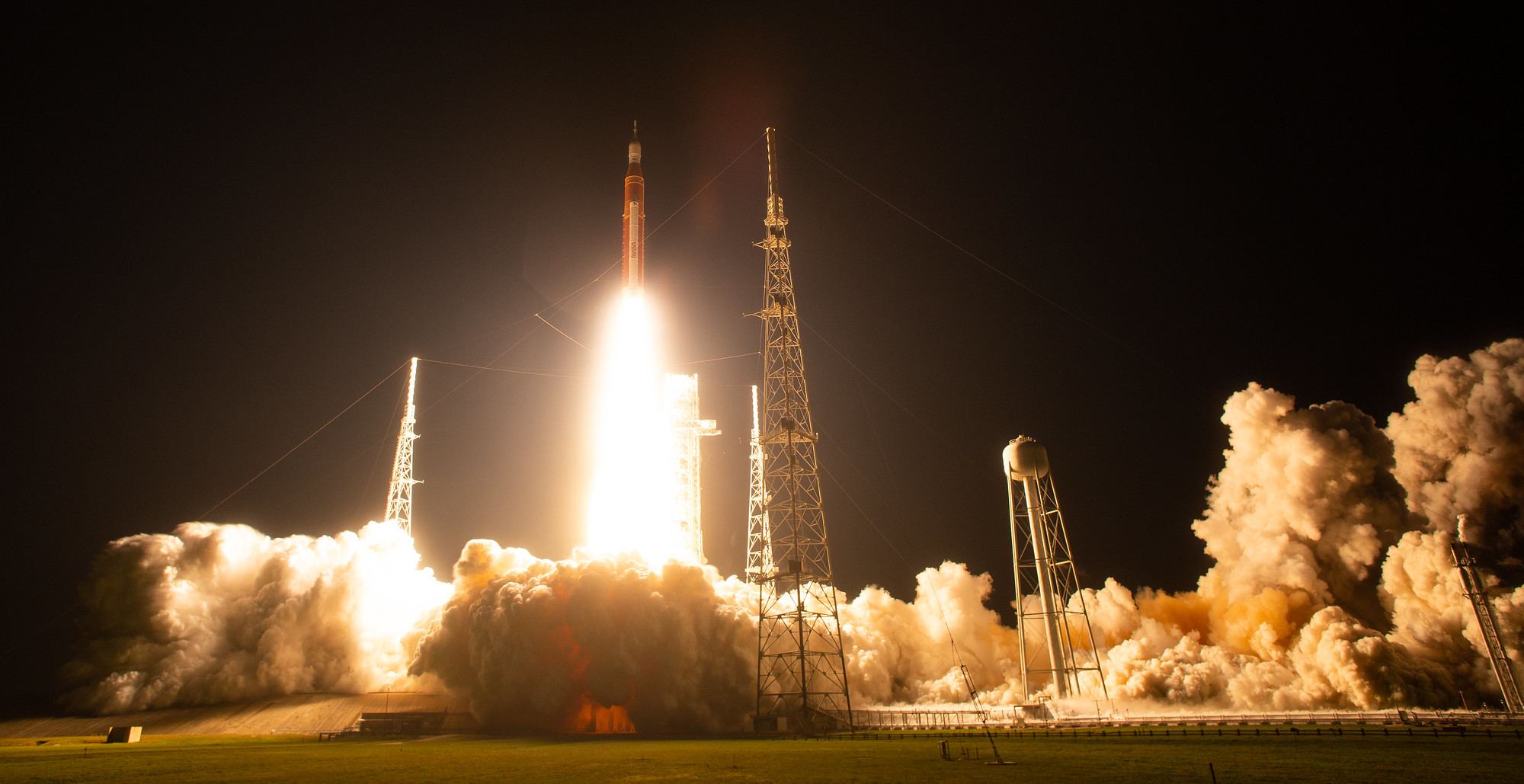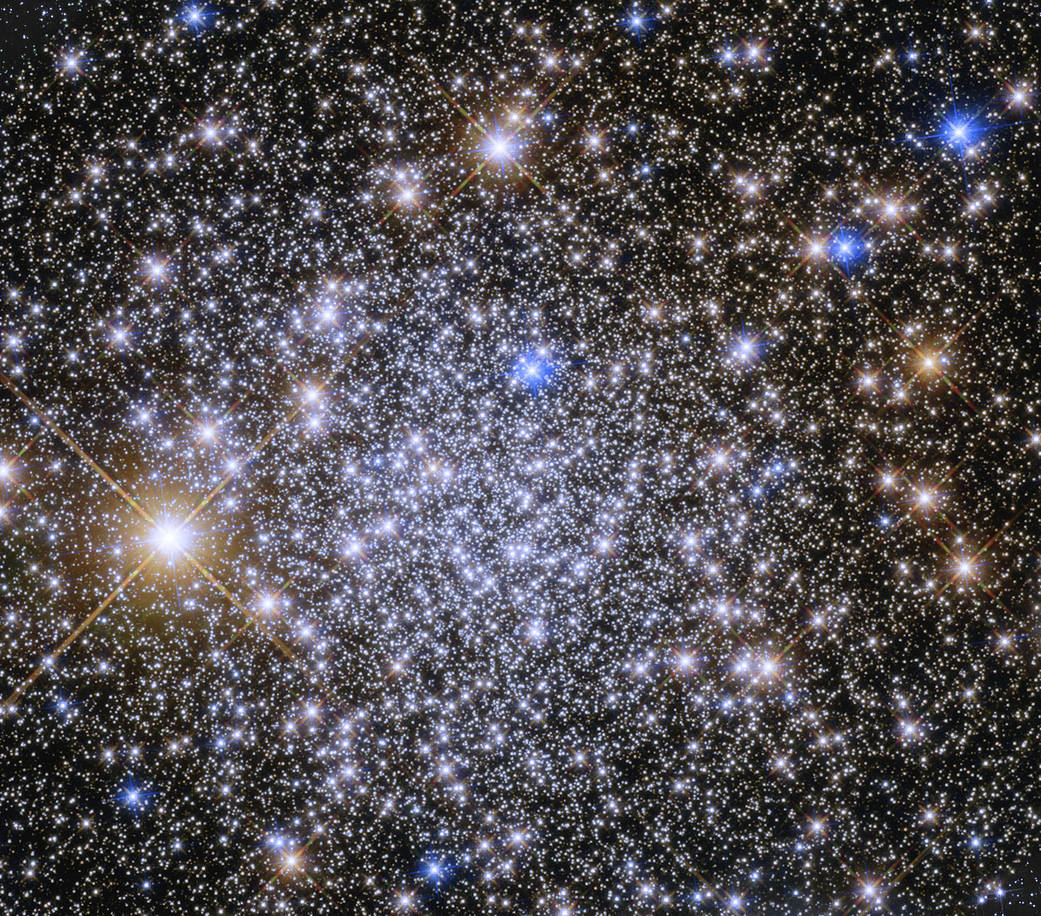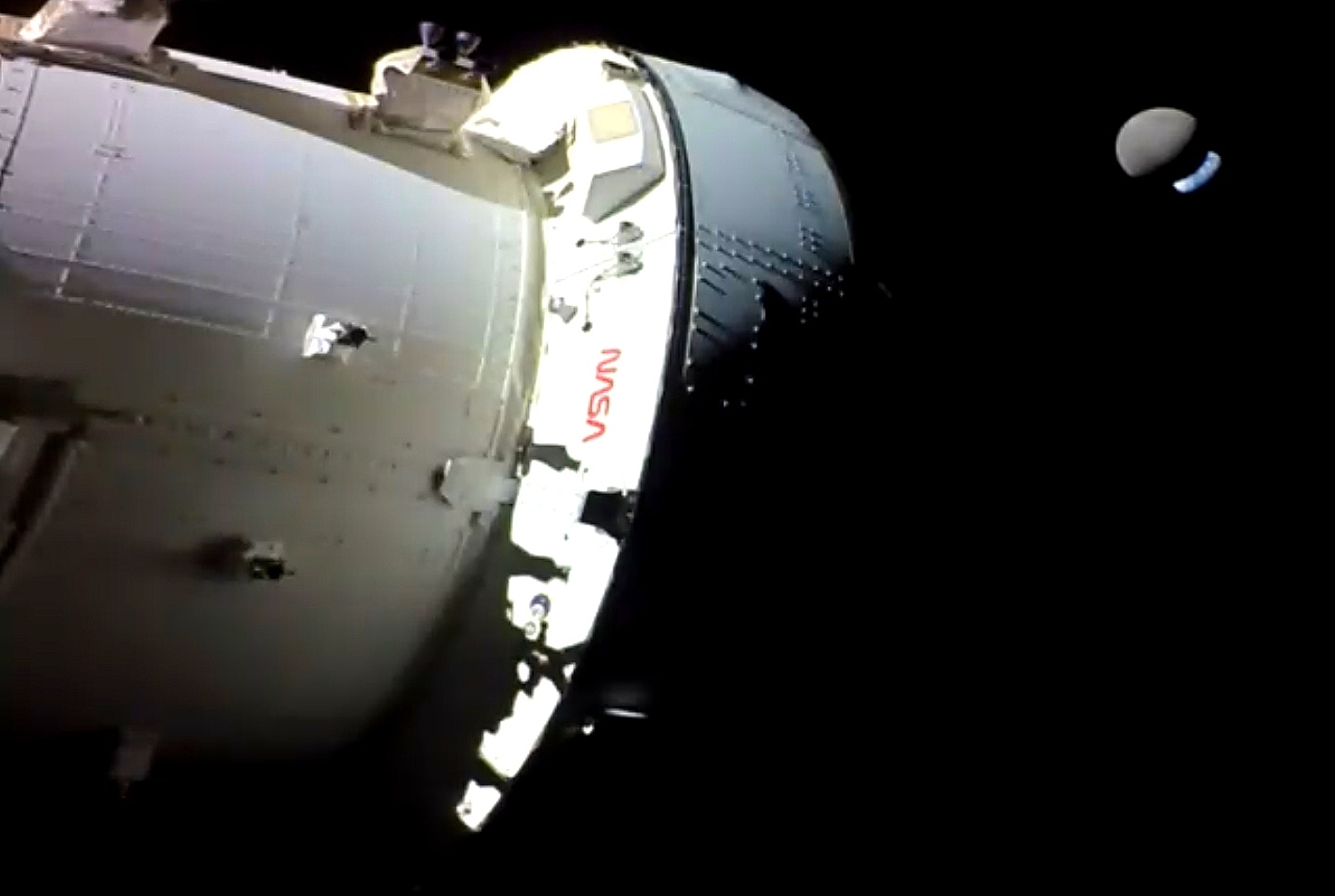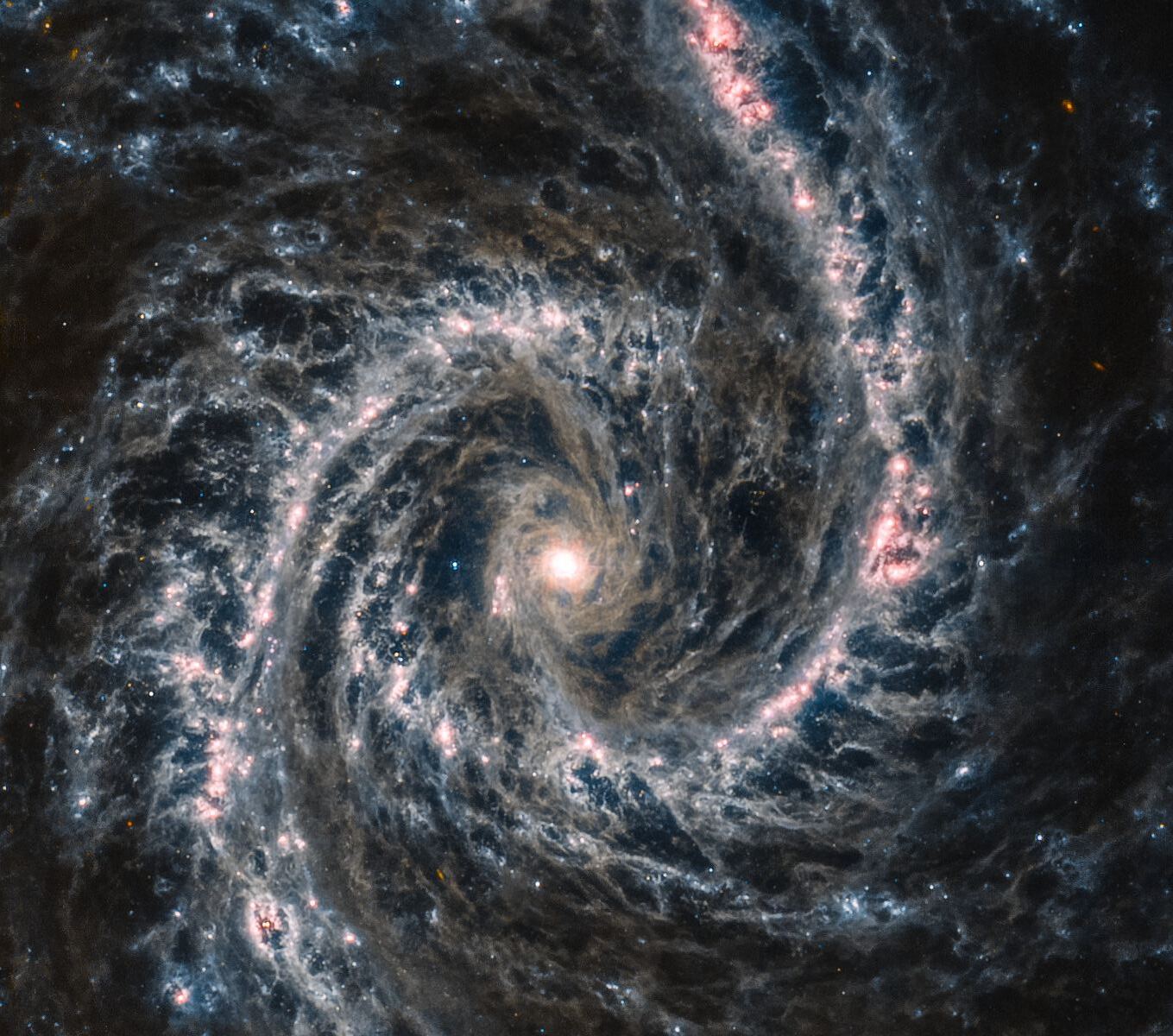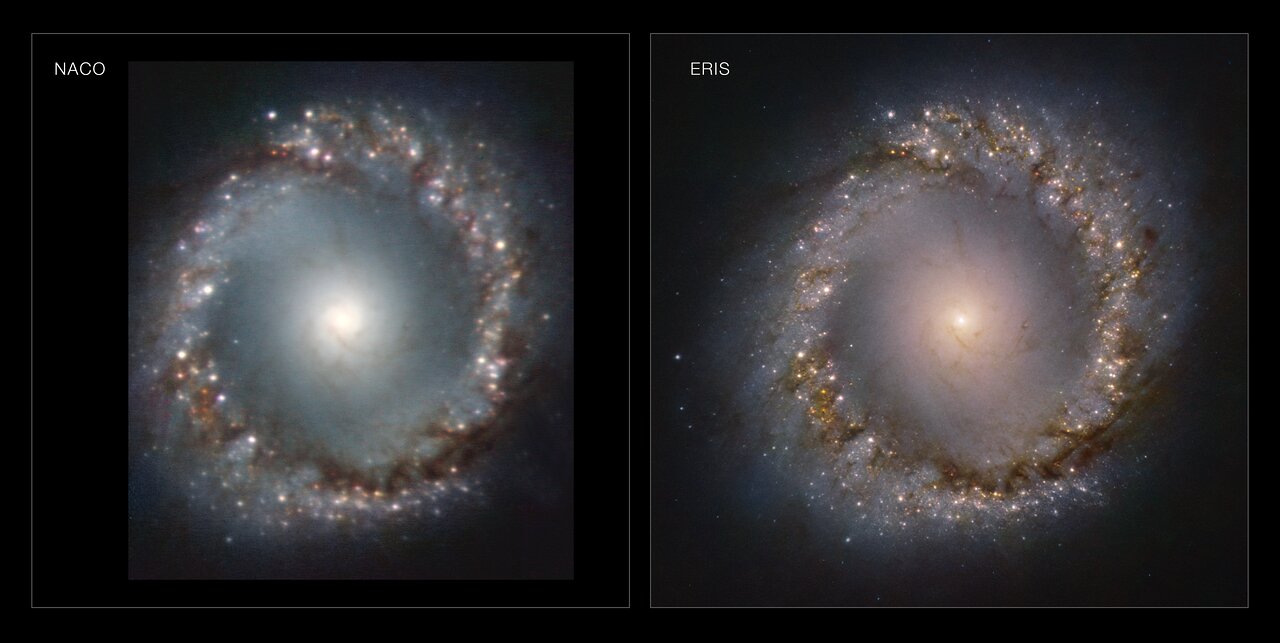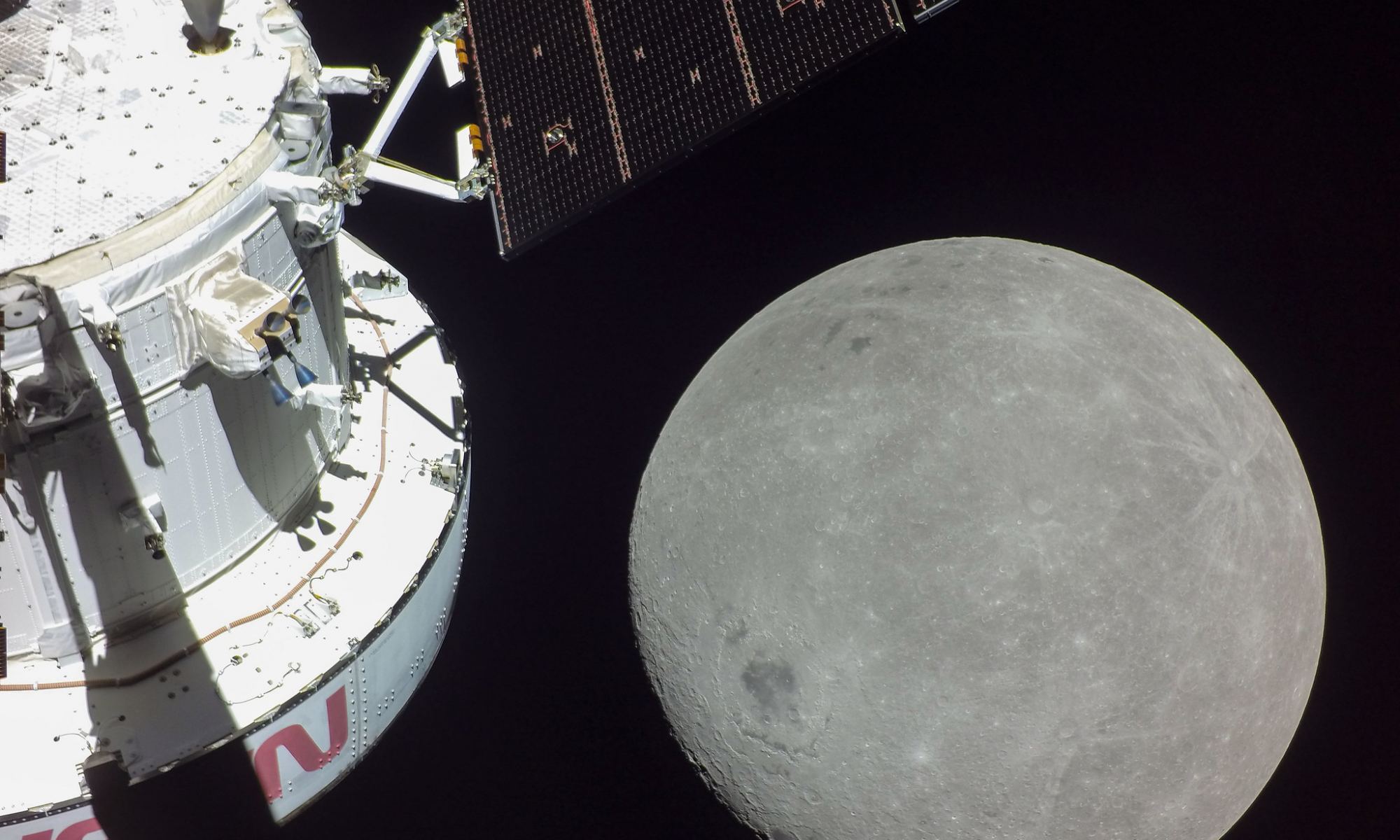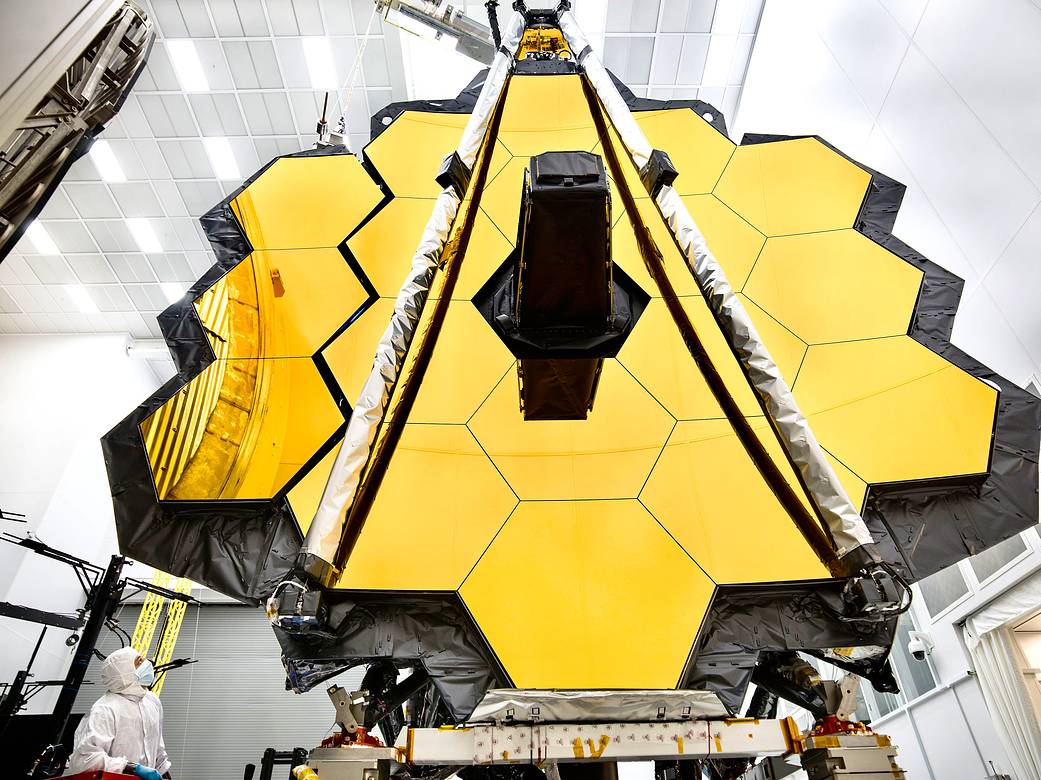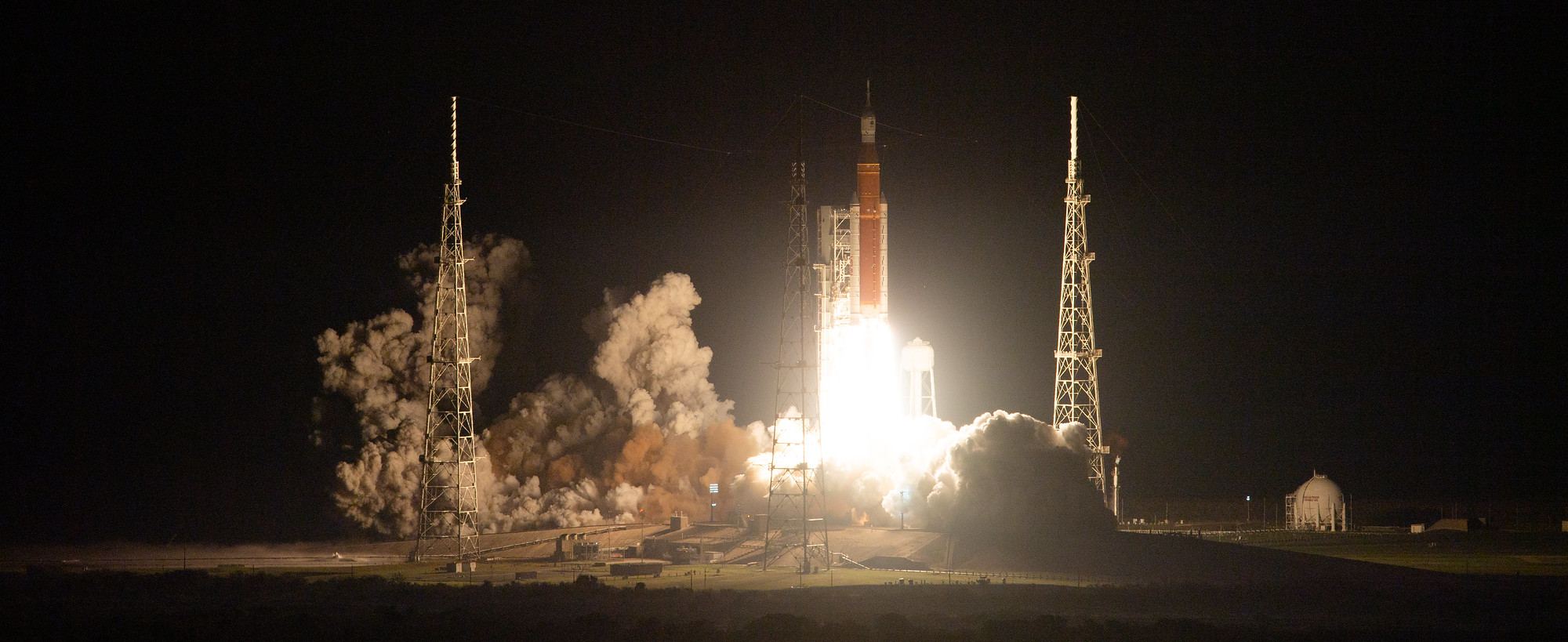Planetary scientists have greatly anticipated using the James Webb Space Telescope’s infrared vision to study Saturn’s enigmatic moon Titan and its atmosphere. The wait is finally over and the results are spectacular. Plus, JWST had a little help from one of its ground-based observatory friends in helping to decode some strange features in the new images. Turns out, JWST had just imaged a rare event on Titan: clouds.
Continue reading “New Images of Titan From JWST and Keck Telescopes Reveal a Rare Observation”New Images of Titan From JWST and Keck Telescopes Reveal a Rare Observation


